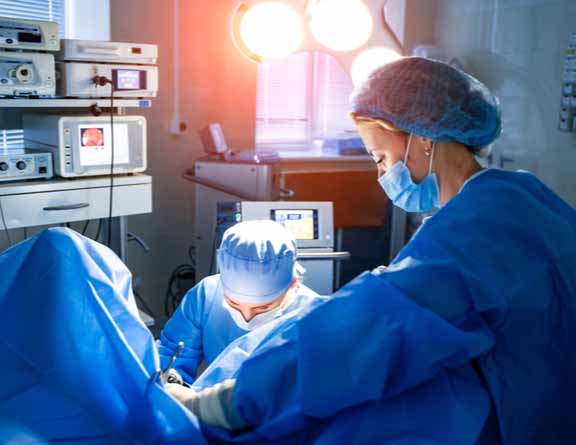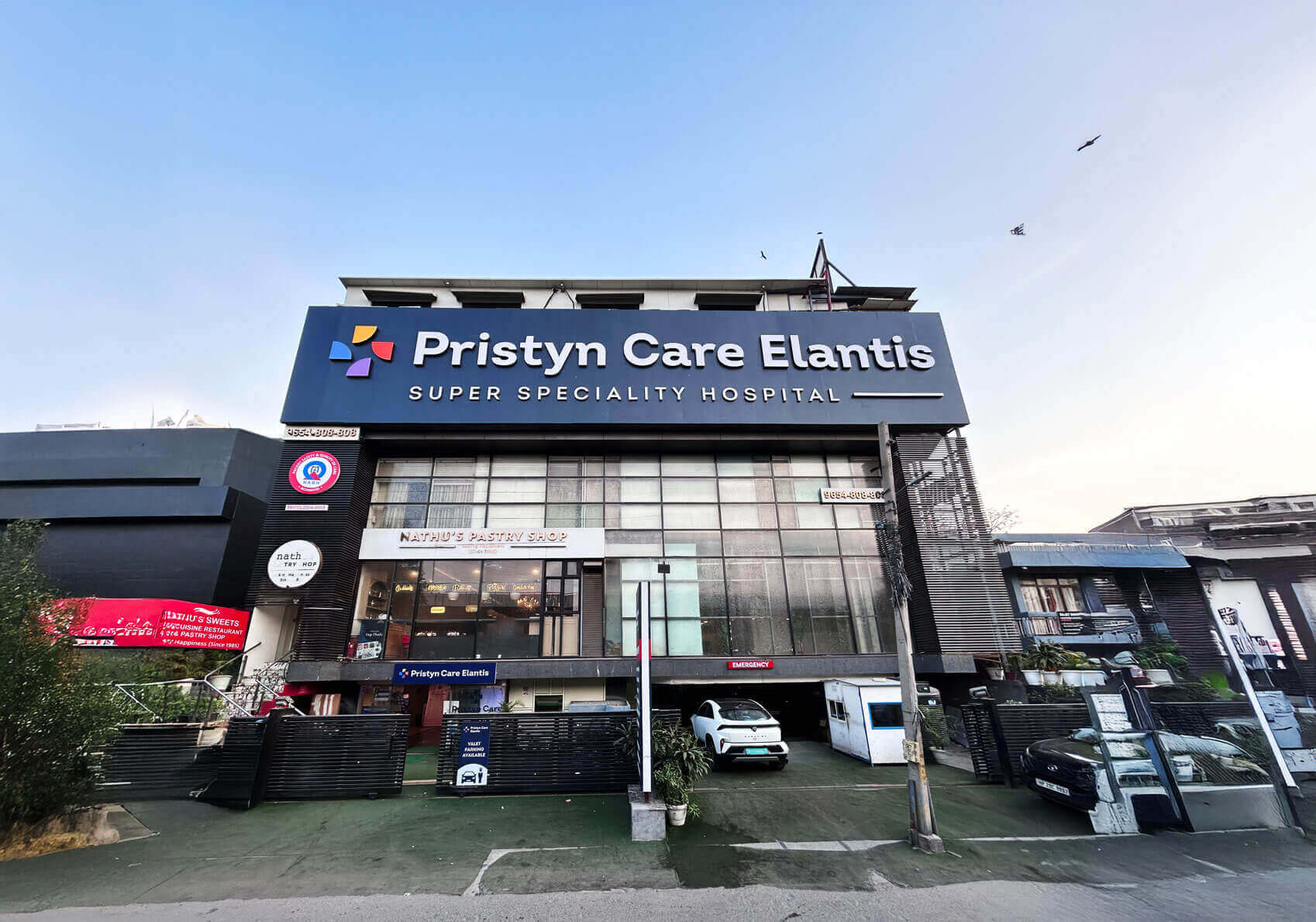
Delhi
USFDA Approved Procedures
Minimally invasive. Minimal pain*.
Insurance Paperwork Support
1 Day Procedure


Amblyopia Treatment Options Available
Amblyopia, or “lazy eye,” affects many children in Delhi. Getting the right treatment early can make a big difference in improving vision and quality of life.
Eye patching is a straightforward method to address amblyopia. It involves placing a patch over the stronger eye, which encourages the brain to work harder to improve vision in the weaker eye. The idea is simple: by covering the strong eye, the weaker one has to do more “seeing,” which helps it get stronger.
Depending on how severe the amblyopia is, your doctor may recommend wearing the patch for a few hours a day or even longer. Consistency is key here, as regular use of the patch can lead to significant improvements in vision over time.
Corrective glasses are often used when eyesight issues like nearsightedness or farsightedness contribute to amblyopia. These glasses help focus images properly on the retina, reducing strain on the weaker eye. For some children, simply wearing these glasses can improve vision significantly without needing further intervention.
Your eye doctor will carefully assess your child’s vision and prescribe lenses that suit their specific needs. Glasses might be a standalone treatment or used alongside other therapies like patching or eye drops.
Vision therapy for amblyopia is like physical therapy for the eyes and brain. Through a series of exercises and activities, it strengthens the connection between the brain and the weaker eye. This approach often includes tasks that require focus, coordination, and concentration, helping both eyes work together better.
While it might sound simple, these exercises are designed by specialists to specifically target and improve amblyopia. This therapy is usually done under professional supervision, either at home or in a clinic setting.
In some cases, if there’s an imbalance in how the eyes move (like with strabismus), surgery might be needed to correct it. Eye muscle surgery aims to align the eyes properly so they can work together more effectively. This procedure involves adjusting the muscles around the eyes to help them point in the same direction.
It’s usually considered when other treatments like patching or glasses aren’t enough on their own. The surgery is done by an experienced ophthalmologist, often in an operation theatre under anaesthesia.
Sometimes, conditions like ptosis (droopy eyelid) or strabismus (crossed eyes) can cause or worsen amblyopia. Treating these issues can be crucial for improving vision in the weaker eye. For ptosis, surgery might be needed to lift the droopy eyelid, allowing both eyes to have an unobstructed view of the world around them.
For strabismus, treatments can range from exercises to surgery, depending on how severe the misalignment is. Addressing these conditions early helps create an environment where both eyes can develop normally and effectively work together.


 NABH
NABH
Pristyn Care Elantis is dedicated to revolutionising surgical care. We combine the latest medical technology with highly skilled professionals and a patient-centric approach to transform the healthcare experience. Our team of doctors at Pristyn Care Elantis, strives to simplify the entire patient journey, ensuring a seamless process from diagnosis through recovery.
We offer specialised treatments across a wide range of medical fields, including proctology, laparoscopic surgery, ENT (ear, nose, and throat), vascular, gynaecology, urology, aesthetics, orthopaedics, ophthalmology, and weight loss solutions.
The Suites & Rooms at Pristyn Care Elantis are designed with your comfort in mind, offering a welcoming ambiance and top-notch amenities to make your stay as pleasant as possible.
Our highly skilled medical team, supported by advanced infrastructure, makes us a trusted choice for comprehensive healthcare solutions.
...Read More
Delivering Seamless Surgical Experience in India
Your safety is taken care of by thermal screening, social distancing, sanitized clinics and hospital rooms, sterilized surgical equipment and mandatory PPE kits during surgery.
A dedicated Care Coordinator assists you throughout the surgery journey from insurance paperwork, to free commute from home to hospital & back and admission-discharge process at the hospital.
Our surgeons spend a lot of time with you to diagnose your condition. You are assisted in all pre-surgery medical diagnostics. We offer advanced laser and laparoscopic surgical treatment. Our procedures are USFDA approved.
We offer free follow-up consultations and instructions including dietary tips as well as exercises to every patient to ensure they have a smooth recovery to their daily routines.
Yes, doctors can correct amblyopia with early treatment. Children respond best to therapy. Vision improves over time with regular care. The brain starts using the weaker eye again. Treatment works best when started early. Vision therapy for amblyopia helps improve focus, eye coordination, and clarity. Regular check-ups support progress and prevent setbacks.
Treatment in adults is harder but still possible. Adults may see improvements with special exercises. Doctors often use vision therapy. Results vary based on age and eye condition. Progress may take time. Consistent follow-ups help. While full correction is rare, better vision is possible. Adults need strong motivation and regular practice to succeed.
There is no fixed age limit. Early treatment works best. Children under 7 get the best results. Teenagers may still benefit from therapy. Adults also see progress with effort. The brain changes less with age, so treatment takes longer. Still, improvement happens. Talk to your doctor early for the best chance of success.
You can help improve vision with regular eye exercises. Cover the stronger eye to train the weaker one. Play games that use both eyes. Spend less time on screens. Eat healthy foods. Rest your eyes well. Follow your doctor’s plan. Natural methods help, but always ask your doctor before starting any home treatment.
Glasses help by correcting vision problems like nearsightedness or farsightedness. They make the weaker eye see better. Doctors often use glasses as the first step. Children wear them daily. Glasses alone may not fully treat the issue. They work best when combined with lazy eye correction treatment and regular follow-up visits with specialists.
Yes, lazy eye can run in families. If parents or siblings have it, children may also get it. Early eye exams help detect the problem. Doctors check children’s eyes by age three. Knowing your family history helps start treatment early. A timely diagnosis improves vision and lowers the risk of long-term issues.
Children under 7 face the highest risk. Family history increases the chances. Premature babies may develop it. Eye injuries and strabismus also raise the risk. Kids with large vision differences between their eyes can develop it. Early screening is key. Eye doctors recommend regular check-ups, especially if parents notice any eye-turn or vision issues.
Patching the strong eye is a common method. Tracking games help train focus. String-bead exercises improve eye alignment. Puzzle games work both eyes together. Doctors may suggest screen-based training. Consistent use of exercises supports recovery. Always follow your doctor’s advice. These exercises form a key part of structured vision therapy for amblyopia plans.
Our eye specialists in Delhi offer modern and personalised care for amblyopia. Doctors check the child’s vision, eye alignment, and medical history before choosing the right treatment. Here’s how each option works:
To decide if someone can get treatment for amblyopia, a doctor looks at a few things:
Getting ready for amblyopia treatment involves a few steps:
After starting treatment for amblyopia, here’s what you can expect and do: